Visit bread is one of star foods of the diet in many cultures. It is generally eaten at different times of the day, and is associated with several other foods, in a more or less relevant way.
In this article from Blooness guidethe guide to the ideal human dietlet's see how optimize bread consumptionfor those who have decided to keep it in their diet, and which breads to choose to do as little damage as possible to our health, and we'll see that we can even get the best out of it for our figure, energy and vitality.
What is bread?
Visit bread is a food made of flour, water, salt and sometimes sourdough or yeast. to swell during cooking. It is a staple food in many cultures and civilizations.
The history of bread dates back to the Palaeolithic superior45,000 to 12,000 years before present, and bread consumption is thought to have increased. spread throughout Europe by the Phoeniciansa people originally from Phoenicia, a region that corresponds to present-day Lebanon.
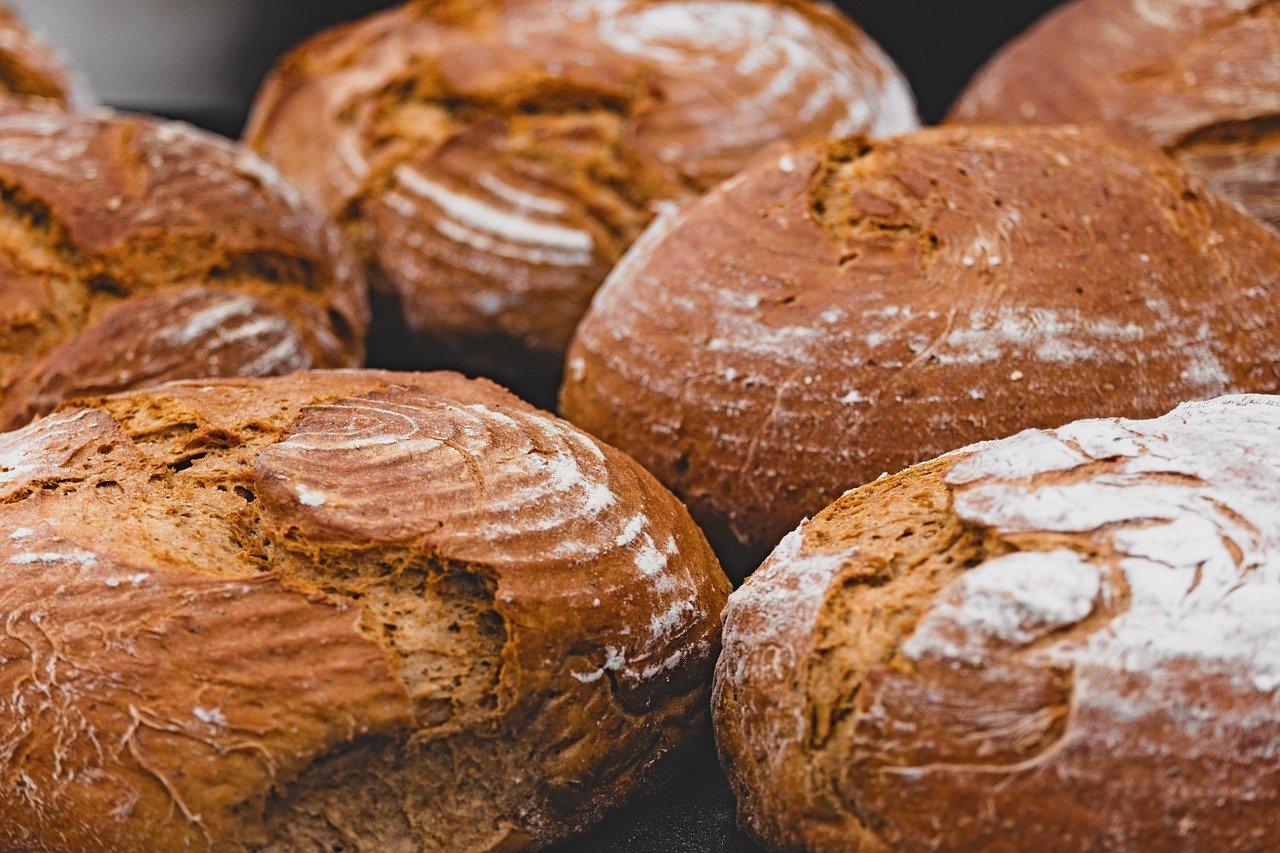
Visit the nutritional properties of bread depend on the flour that we choose for our preparation. The flour comes mainly from cereals bakery productsi.e. they are for bread-makingsuch as the soft wheat, spelt or ryewhich contain gluten.
This content is part of the guide Blooness, the guide to the ideal human diet, the summary of which you can find here 🌱🥑
As a reminder, the gluten is a set of proteins which can be more or less well digested depending on the individual, and this is the reason for dough elasticity. The problem is that, for reasons of yield, the industry has worked on numerous genetic crosses in order to achieve this. increase the gluten content of wheatto make the dough more elastic. They have also mutated the wheat to make it less tall, for ease of processing. It is therefore assumed that these modern varieties of gluten-rich wheat are likely to provoke inflammatory and immune reactions in certain individuals, such as digestive discomfort, migraines, ENT diseases and allergies.
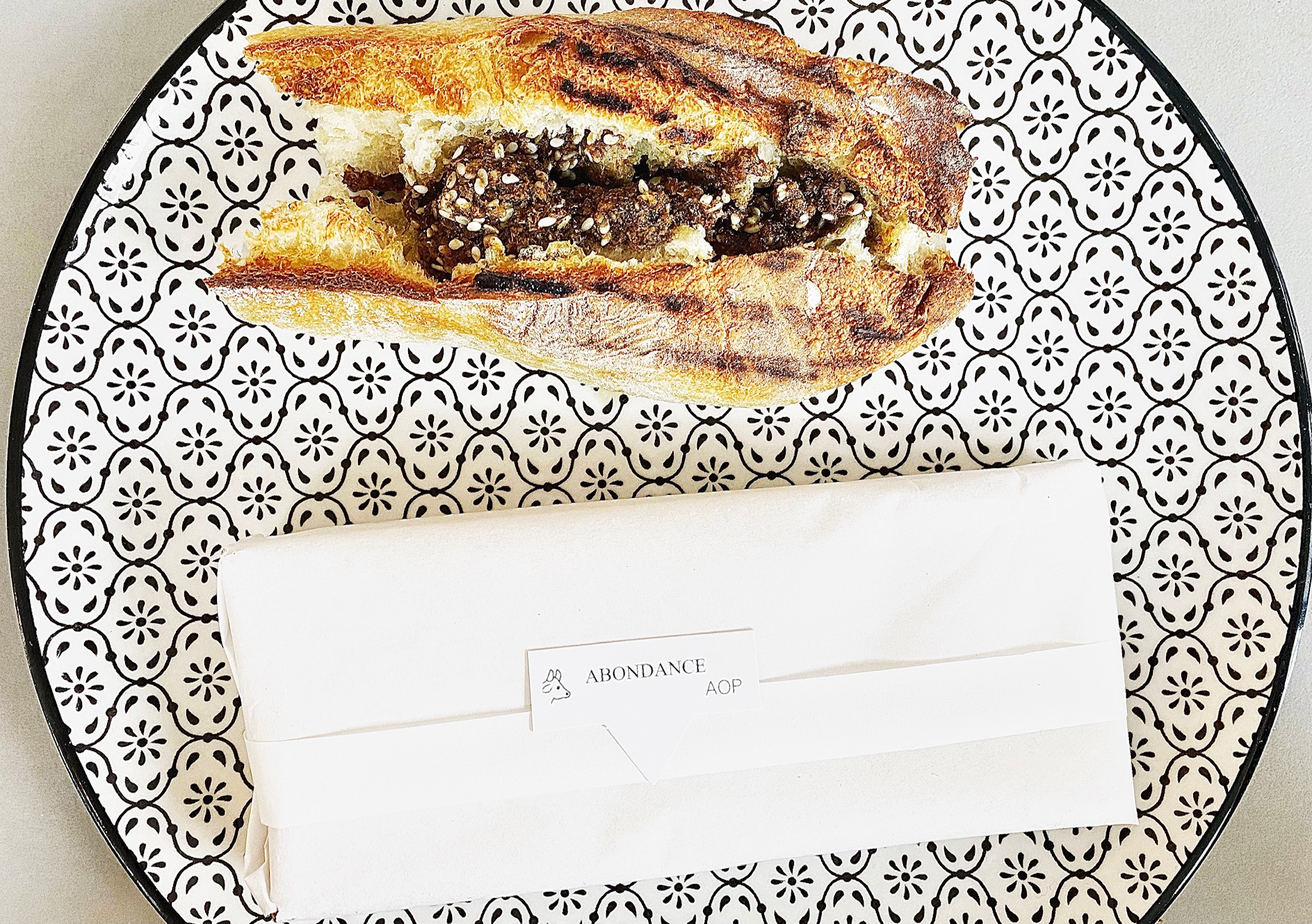
To get around this problem, conventional bread-making flours can be mixed with alternative floursgluten-free, and can even be used as a complete substitute for bread flour in certain preparations, e.g. buckwheat flour, barley flour, corn flour, chestnut flour, walnut flour, etc...
French-speaking subscribers will receive the newsletter in French, and all others will receive an English version.
To fully understand the bread issue and make the best choice according to your profile, you need to make a clear distinction between breads made with bread flourwhich are mainly wheat flour breads baguette, for example, and which contain gluten, and alternative breadsmade from non-bread flours, which do not contain gluten, such as buckwheat bread.
Link between bread and glycemic index
The problem with most breads, whether industrial or bakery, is that they have a glycemic index too high. In other words, they make raise blood sugar levels too quickly, causing a spike in insulin, the hormone that regulates blood sugar levels, and this phenomenon can lead to storage in fatsand fatigue after the insulin peak.
This is particularly true of rusks, white baguettes, industrial sandwich loaves and Viennese pastries. Fortunately, there are alternatives.
What changes the glycemic index of bread?
What are the factors influencing glycemic index when comparing two different types of wheat flour?
- First of all, the fibers The richer a flour is in fiberthe lower its GI.
- Protein and fat content The higher the protein and/or fat content, the lower the GI.
- Refining and other treatments the food may have undergone (The more a food is mechanically processed, the more the structure of its fibers and starch particles is modified, and the higher its GI. For example, more refined flour has a higher glycemic index than wholemeal flour.
- Starch content and structure which is expressed by the ratio of amylopectin to amylose: the richer an ingredient is in amylose, the less the starch will be broken down by our digestive enzymes, and the lower the GI.
Low glycemic index wheat flours
When we choose bread, we can look at the flour used, and thus choose bread that has been prepared with a flour with a relatively low or moderate glycemic index. It is preferable to eat breads made with flour of a high quality. glycemic index below 55.
In this way, the T150 wheat flour (or T170) has a maximum glycemic index of 45, while T45 wheat flour, widely used in industrial preparations, has a glycemic index of 85. Basically, the higher the number after the "T", the better the glycemic index.
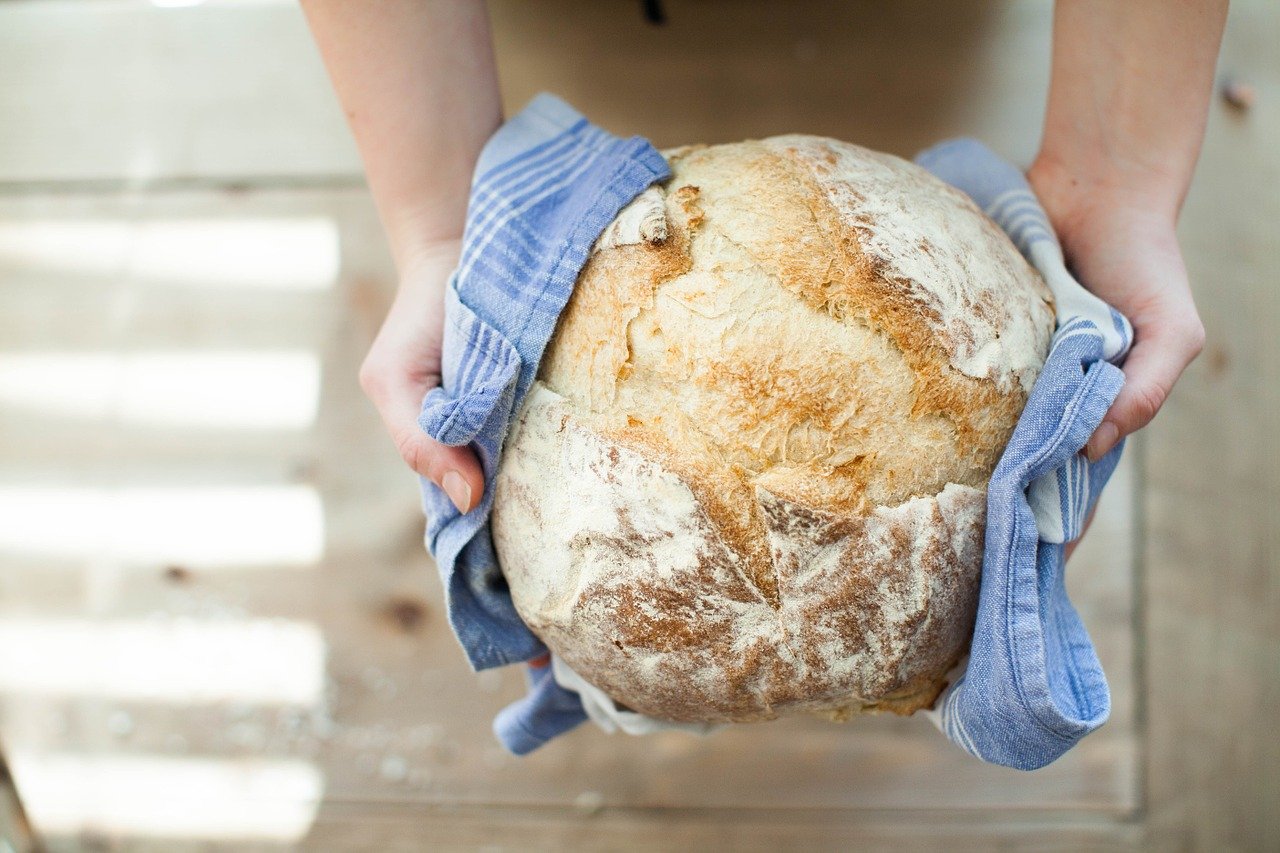
T45 flour is the whitest, most refined flour T150 is the most complete flour. The more wholemeal flour you use, the more nutrients and minerals it retains. the more the energy released by its metabolization is smoothed out over timeThis prevents insulin spikes.
In between, we find T55, T65 or T80 flour, which are intermediate flours. T65 flour is a decent alternative, with a glycemic index of 70, which is still high, but not as high as that of T55 white flour (85).
In addition to wheat, there are alternative flours with which some bakers make healthier breads.
Wholemeal bread
Visit wholemeal bread presents a high fiber contentwhich improves digestion, but above all lowers glycemic index. It is prepared with wholemeal flourwhich contains the whole wheat grains which contain more than vitamins, minerals and dietary fiber than white flour.
Wholemeal bread is therefore more nutritious than white bread, and its glycemic index is much more interesting in terms of health, since it amounts to around 50thanks to T150 flour used in its preparation. We prefer bioto avoid pesticides in the seed coat as much as possible.
However, the husk of the grain, known as the bran, which is preserved during the preparation of wholemeal bread, is the most important part of the wholemeal bread. likely to be poorly digested by certain individualsIn this case, they will opt for a "traditional" bread (T65 flour with a GI of 70) or for one of the alternatives described below.
Wholemeal bread
Even richer in fibre and minerals than wholemeal bread, it also contains wholemeal breadproduced with unrefined flour which preserves all the cereal's components. Of course, the same digestive limitations apply to wholemeal bread as to wholemeal bread for certain individuals. do not tolerate whole wheat grains.
As a general rule, when it comes to major changes in eating habits, you need to give your intestines and body time to adapt. This means making gradual rather than radical changes. As far as bread is concerned, you can opt for semi-complete breads, or breads composed of several cereals.
Which baguette to choose, classic or traditional?
Visit baguette traditionrequires a longer fermentation time than white baguette (15 to 20h between 4°C and 6°C, compared with 3 to 4h between 20°C and 29°C). In addition, contains no additivesThe only ingredients are wheat flour, water, salt and yeast or sourdough (sourdough is preferable).

Finally, the baguette tradition is made from T65 wheat flourwho has a slightly lower glycemic index (70) than T45 wheat flour used for the white baguette, which has a GI of 85.
We therefore prefer the traditional baguette to the classic baguette.
Rye bread
Visit rye breadalso known as black bread, has one of the lowest glycemic indexes, between 40 and 45. Rye is a cereal with a high content of calciumof potassium and sodium, in addition to being rich in iron and fluoride. It's a good alternative to white baguette.
Rye flour contains gluten, just like wheat flour.
In terms of the appellation, the proportion of rye flour in the dough must be significant for the bread to be marketed under this term; if the rate is between 10 and 35 %, the bread is called "rye bread".
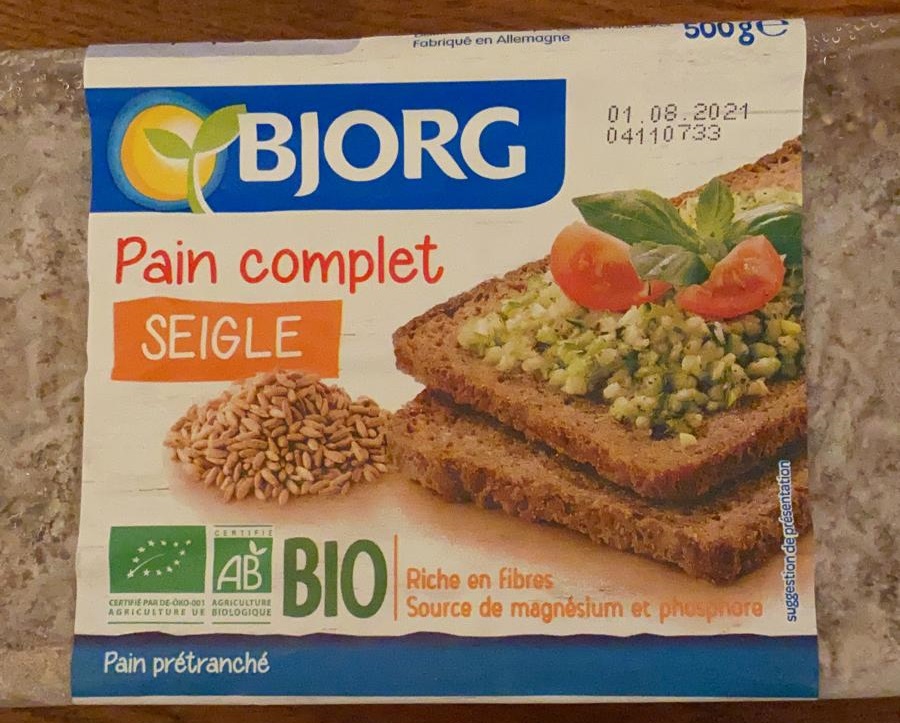
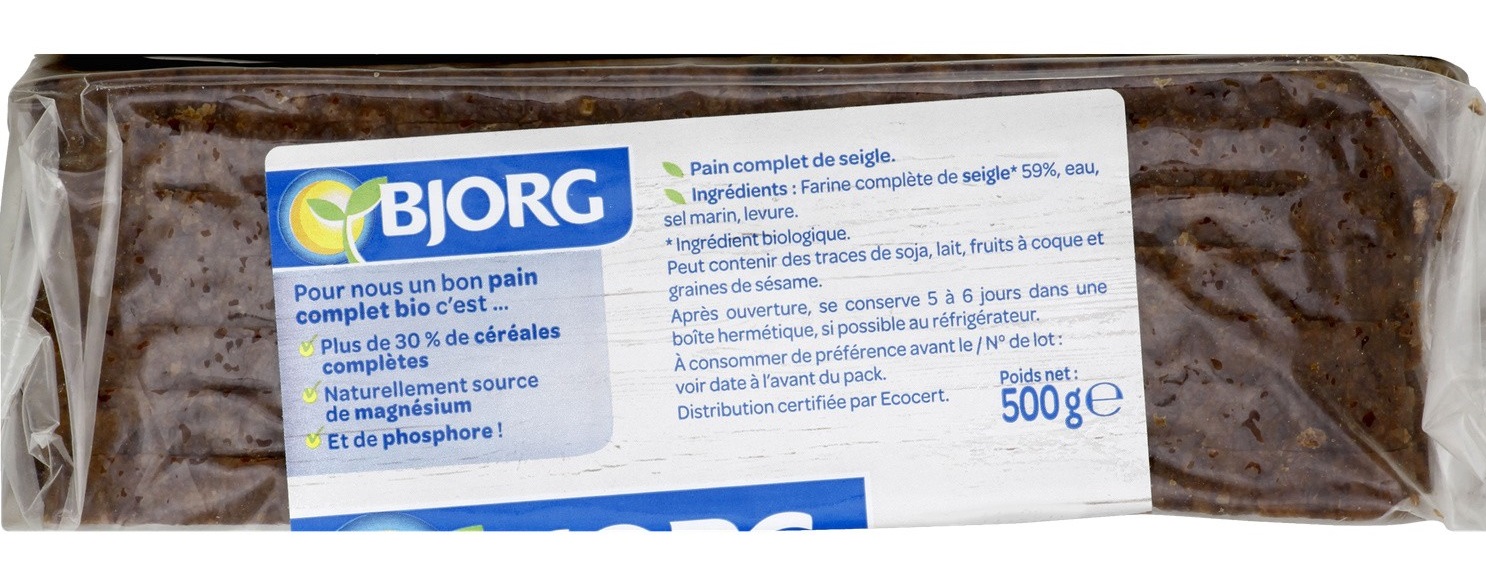
That said, there's nothing to stop you combining rye flour with other flours, such as wheat flour, to lower the average glycemic index of the preparation.
Buckwheat bread
Visit buckwheat flour is a very interesting alternative wheat flour : rich in fibre, protein and antioxidants. It has a low GI of 40, compared with 45 for T150 wholewheat flour, and 85 for the T45 wheat flour used in standard baguettes.
Finally, it contains little or no gluten.
Buckwheat can be used in galettes, such as the famous galette bretonne, and is an excellent source of carbohydrates low GI, when filled with eggs and cheese at the start of the day.
This is a priori one of the most interesting bread alternatives, since it's gluten-free and has an almost unbeatable GI.
Small spelt bread
Petit Épeautre is a hardy wheat that has undergone little processing. It is rich in "good" mono- and polyunsaturated fatty acids, minerals and vitamins (E and B). In addition, its proteins contain the eight essential amino acids needed by the bodywhich is rare for a cereal. The next step, small spelt contains very little glutenand is therefore easier to digest.
Small spelt should not be confused with spelt, which is richer in gluten, but is still a possible alternative to refined wheat flour.
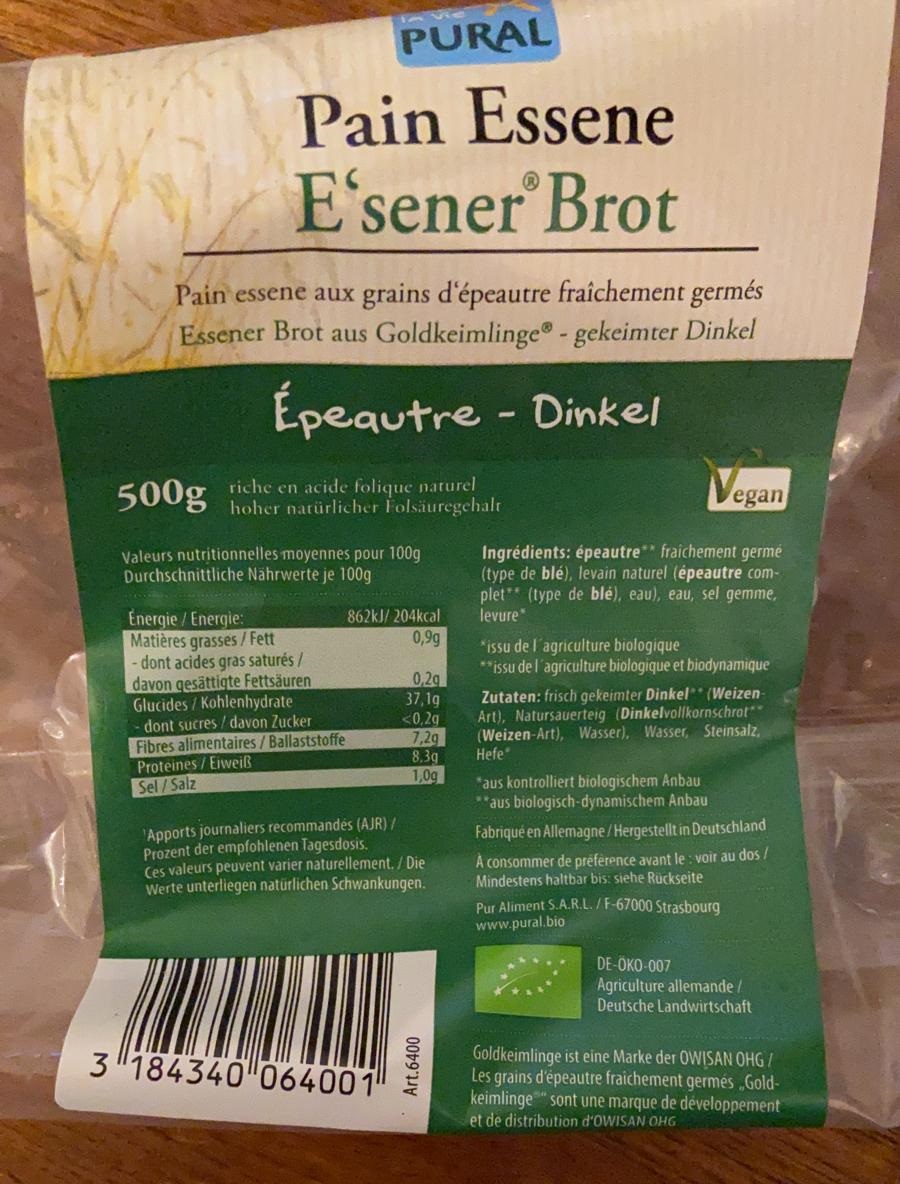
Small spelt has a low GI of around 40Buckwheat flour, like buckwheat flour, is an excellent alternative to wheat flour. Its cultivation dates back to the origins of agriculture in the Neolithic era, more than 6 or 7,000 years ago. It was one of the first domesticated crops. Traces of it can be found in Provence as far back as 7000 BC.
Kamut or Khorasan bread
Visit Kamut is a wheat's cousin and contains between 20 to 40% more protein than modern wheat.
Kamut means "wheat" in ancient Egyptian. This variety of wheat among the oldestand is a cultivar of the Khorasan wheata cousin of durum wheat of Iranian origin that appeared 5000 years ago in the Mesopotamian fertile crescent. Khorasan is a region in north-eastern Iran.
There are strict specifications for growing this cereal, and it must be grown according to the rules of organic agriculture under the control of the company. Kamut International.
Kamut bread is quite rich in selenium, zinc and magnesiumIt has a high proportion of essential amino acids and unsaturated fatty acids.
Its GI is 45which also makes it an alternative to basic bread. Kamut contains glutenBut it's one of the best breads for your health.
Baking bread: yeast or sourdough?
Between baking bread with yeast - which is what many bakers do - and sourdough baking - which is more traditional and is coming back into fashion - it is better to choose a more traditional method. sourdough baking. In addition to being more nutritious, sourdough bread has the advantage of being low glycemic index, around 65 compared with 80 for yeast.
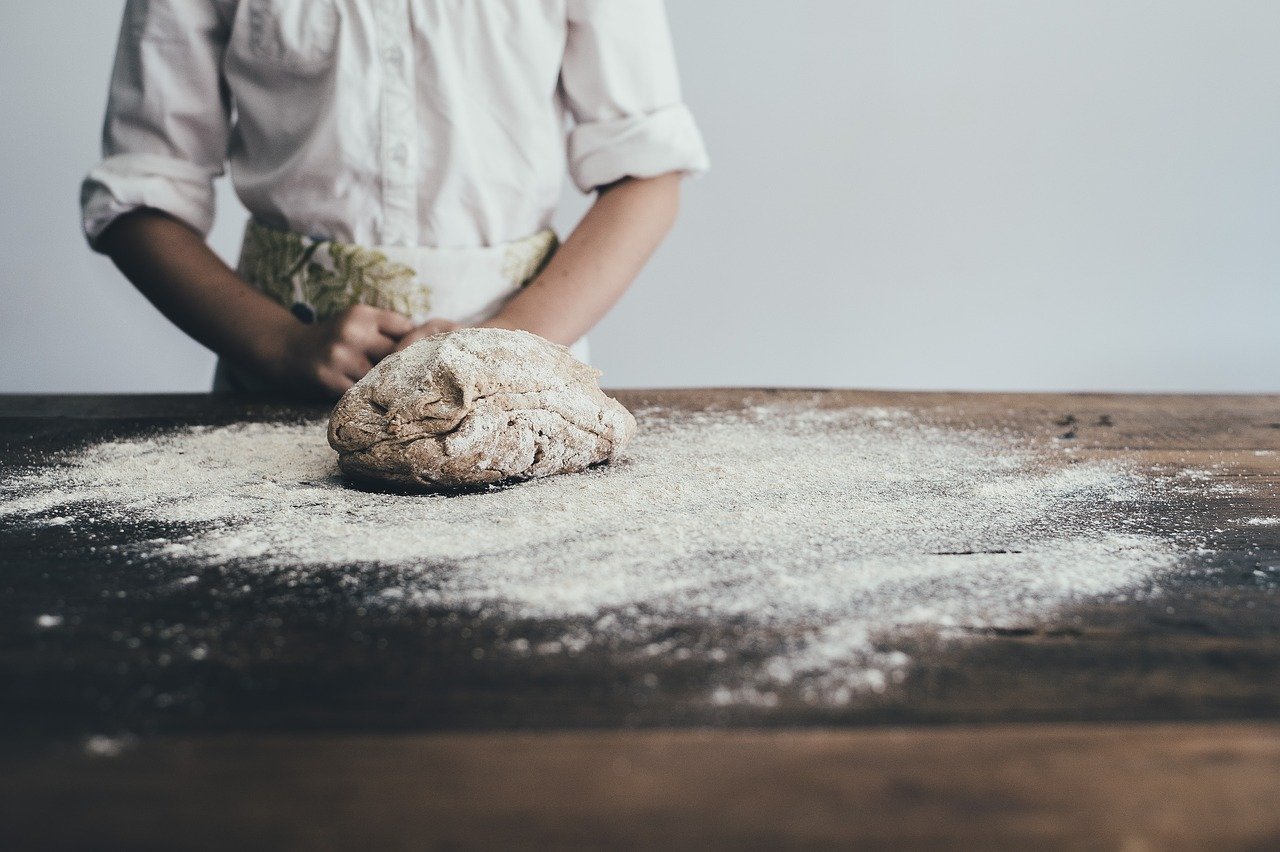
Baker's yeast produces alcoholic fermentation fastand thus reduce the fermentation time required for bread dough to rise, where sourdough comes solely from lactic fermentation caused by bacteria present on the wheat grain husk, which is slower.
Top 5 healthiest breads
In conclusion, here is the classification we've all been waiting for, namely top healthy breadschosen for their Low GI and their nutritional properties. Their consumption should not cause any damage to vitality or figure, and may even be beneficial, if consumed in very small proportions, and at key times of the day, as we'll see at the end of this article.
Whether or not you choose wholemeal flour depends on your digestive tolerance. But what is certain is that sourdough will always be preferred to standard baker's yeast, and you'll need to buy them bio.
- Small spelt sourdough bread rich in fiber, low GI (40), rich in vitamins and minerals, and very low in gluten.
- Buckwheat sourdough bread rich in fiber, low GI (40), rich in vitamins and minerals, and very low in gluten.
- Wholemeal sourdough bread rich in fiber, low GI (45), moderate in vitamins and minerals, but contains a lot of gluten.
- Traditional sourdough baguette Moderate GI (55 to 65, compared with 80 for the white baguette), traditional baguettes contain no additivesThis is a very healthy alternative to both white baguette and wholemeal bread. Wholemeal flour is made by grinding wheat with its hulls, and can therefore be poorly tolerated. Traditional bread offers the best practicality/health ratio, because it's easy to find in any bakery, and will allow you to continue eating bread in baguette form if you like it that way!
- Rye bread: Low GI (50), rich in calcium and potassium, occasionally an alternative, but contains gluten.
Low-gluten cereals
Cereals with a high gluten content range from the richest to the least rich:
- spelt (10 to 12 g/100 g flour type 630)
- soft wheat (8 to 14 g/100 g of type 405 flour)
- khorasan wheat (Kamut),
- starch and durum wheat (12 to 14 g)
- einkorn (7 to 8 g) contains slightly less gluten
- oats (5.6 g/100 g whole-grain flour),
- barley (5.6 g/100 g hulled whole grain) contains much less
- rye (3.2 g/100 g of type 815 flour),
Combinations with other flours
It is possible to combining flours traditionally reserved for bread with additional flours, such as flour from pulses or coconut, in order to obtain breads with a low or moderate glycemic index.
In most cases, however, you'll need to make your own bread to experiment with these combinations. Many recipes are available on the Internet.
Some manufacturers are starting to use alternative ingredients such as chickpeas or lentils to make low-GI pasta, for exampleand sometimes bread, by mixing them with wheat flours, which enables lower glycemic indexand to meet growing demand for healthy products.
Here is a list of ingredients that can be used in low GI flour:
- Oat bran: 15.
- Lupin: 15
- Almond: 20
- Hazelnut: 20
- Hulled barley: 30
- Lenses: 35
- Coco: 35
- Chickpeas: 35
With this type of flour, you can prepare moderate GI pastries.
When is the best time to eat bread?
Outside of festive meals, we prefer to eat bread - traditional or buckwheat, for example. early in the day. Indeed, it is at this precise moment that thehe body needs slow sugars to support the first efforts.It doesn't matter how early you get up, or whether you work at night - the important thing is to eat them when you get up.
As such, this bread intake must remain modest and should be with a majority of fatty acids and proteins if you want to remain in low-carb food. Lipids and proteins found in eggs, cheese and olive oil, particularly recommended at the start of the day.
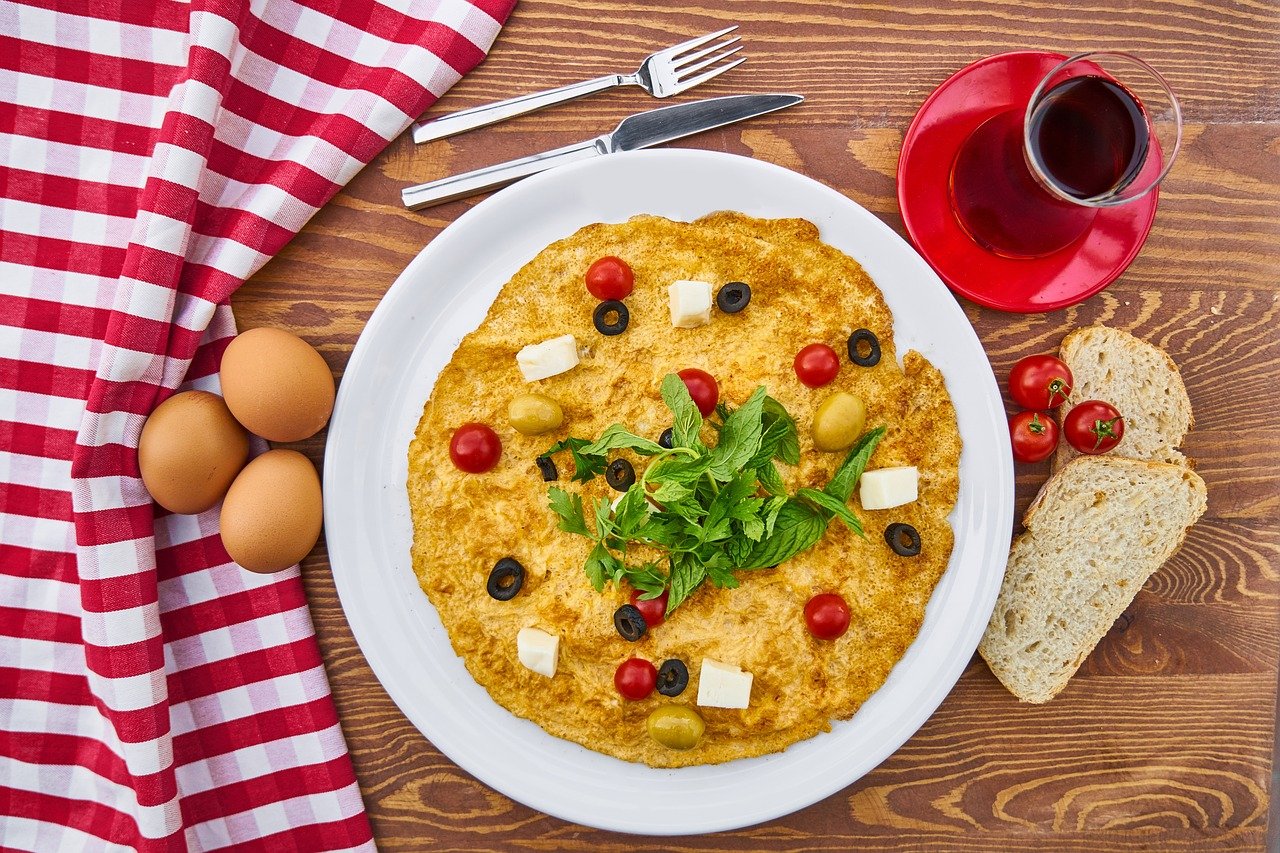
On the contrary, avoid bread in the evening (but also cheese and eggs, for that matter), without which it will be unnecessarily stored as fat. On this subject, I refer you to the main principles of chrononutrition, a topic we'll cover in a future chapter.



One Response
Super article, super blog. Thanks for the work and sharing. Thanks again!